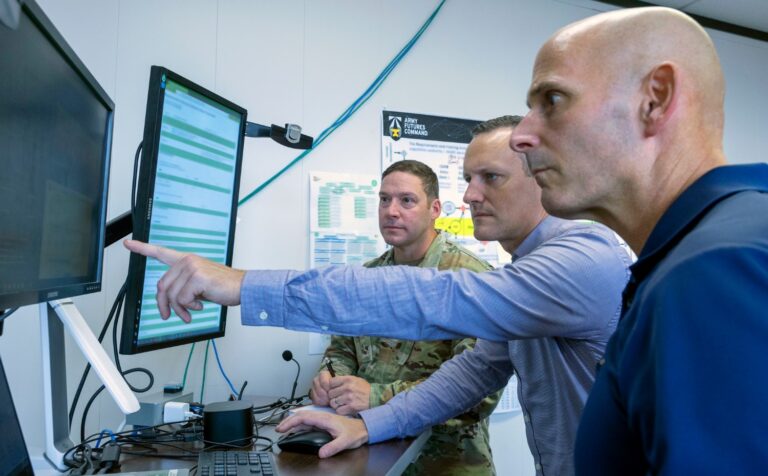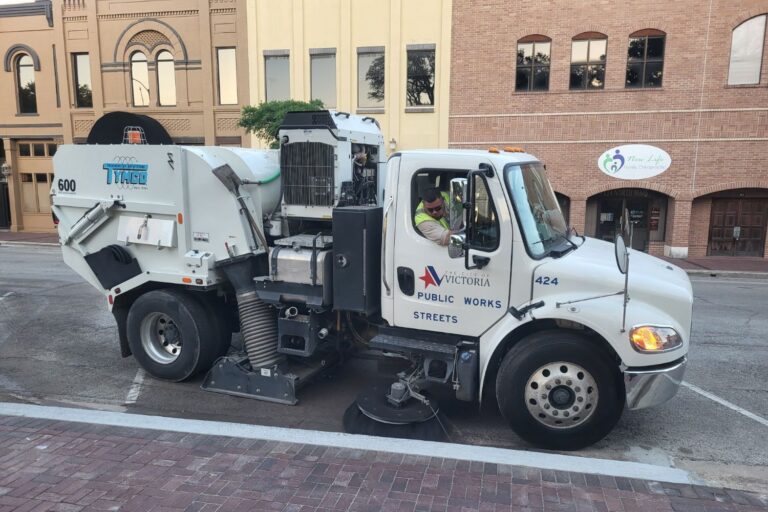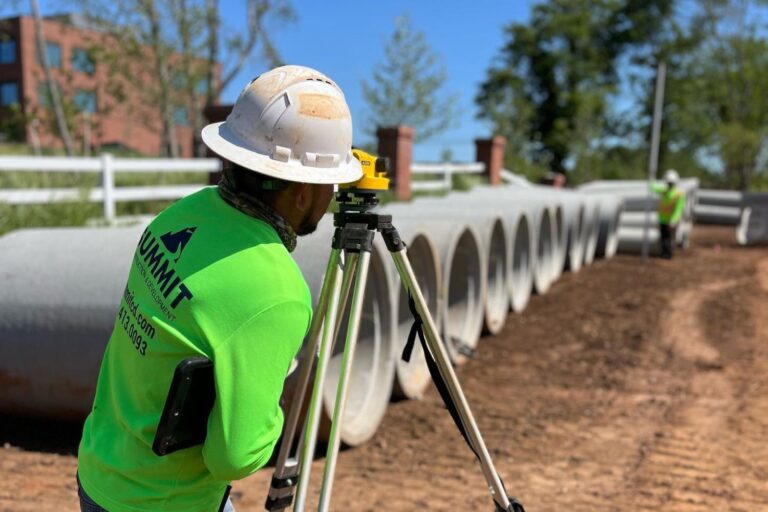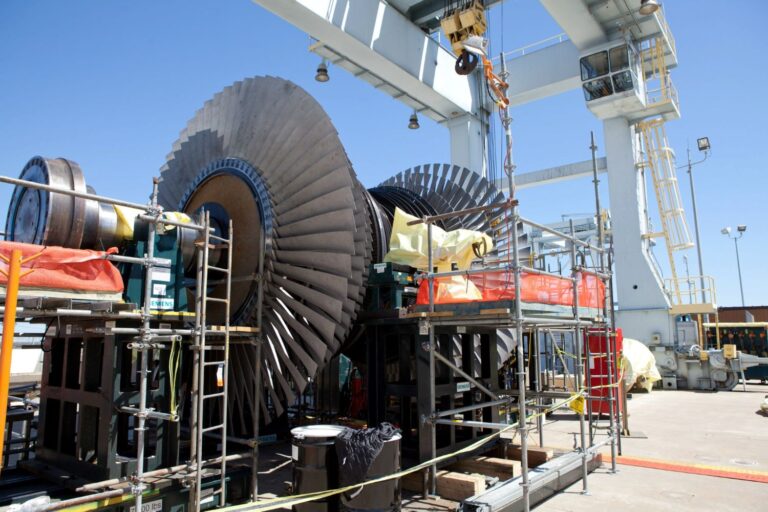How Leidos Differentiated Its Name by Creating Flexible Target?
In 1969, only with a few dollars and a good idea, SAIC – which later evolved into Leidos – was founded by scientist J. Robert Beyster, Ph.D. Today, this firm works extensively with the United States Department of Defense, the United States Department of Homeland Security, and the United States Intelligence Community, including the NSA, as well as other U.S. government civil agencies and selected commercial markets. That was a long journey, and how the firm continuously walks forward are proving its fabulous vision.
From a Strategic Split-up to the Defense Industry’s Largest IT Services Provider
Leidos, formerly known as Science Applications International Corporation (SAIC), was founded by J. Robert “Bob” Beyster in 1969 in the La Jolla neighborhood of San Diego, California, as Science Applications Incorporated (SAI). The company’s first concentration was on projects for the U.S. government related to nuclear power and weapons effects study programs. With the expansion of its activities, the corporation was renamed Science Applications International Corporation (SAIC).
In contrast to traditional business models, Beyster originally designed SAIC as an employee-owned company. SAIC was able to recruit and retain highly educated and motivated personnel because of this shared ownership, which was supported by shared responsibility and flexibility in business growth. Thus, the firm grew and diversified quickly. After Beyster’s retirement in 2003, SAIC had an initial public offering of common shares in 2006. Even then, employee shares retained a privileged status, with 10 times the voting power of common stock.
In August 2012, SAIC announced its plans to split into two publicly traded companies. About a third of the firm was split off, resulting in a $4 billion-per-year service company specializing in government services, including systems engineering, technical assistance, financial analysis, and program office support. The remaining portion became a $7 billion-per-year IT company specializing in technology for the national security, health, and engineering technologies.
In 2013, SAIC renamed itself Leidos and spun out a new and independent $4 billion government services and information technology company, which retained the Science Applications International Corporation name; Leidos is the direct successor to the original SAIC. In August 2016, its merger with Lockheed Martin’s entire Information Systems & Global Solutions (IS&GS) division was completed. This merger was one of the biggest transactions thus far in the consolidation of a defense sector, more than doubling the size of Leidos and its portfolio as well as positioned the company as the global defense industry’s largest enterprise in the federal technology sector. As of end of 2020, the company has 38,666 employees.
Before the split, Leidos reported $11.17 billion in revenue for its fiscal year ended January 31, 2013. In 2020, Leidos reported revenues for fiscal year 2020 were $12.30 billion, ranking No. 26 in the technology sectors and No. 5 in the IT services industry.

Coronavirus: Signal for the Future Business
Novel coronavirus and COVID-19 have added a new element to deliberate while operating business. In some ways, though, the crisis has reinforced thinking already common among executives about what kind of business will thrive in the future. Like other big companies, Leidos had disaster plans in place for dealing with everything from hurricanes to cyberattacks, but coronavirus has revealed how readily the enterprise can adapt to out-of-the-blue surprises.
When you wanted to fashion a firm designed to cope effectively with a global pandemic, you probably could not do much better than the Leidos’s strategy. Leidos has continued its pattern of organic growth and acquisitions in what considered to be the worst year on record for much of corporate America. In January of 2020, it purchased national-security research company Dynetics for $1.65 billion. In February same year, it announced it would acquire the security detection and automation business of L3Harris for $1 billion.
This top-ranked provider of information technology, science and engineering services to diverse federal agencies generates 87% of its revenue from the U.S government, making it less vulnerable to the economic crisis than many commercial firms. The services it supplies to the government are almost all essential, from its support of intelligence agencies to life sciences work with the Centers for Disease Control to management of FEMA’s strategic stockpile. And its “capital light” business model transitioned readily to telework when employees were urged to self-isolate at the onset of the coronavirus crisis.
Of course, it began a difficult period in good financial shape. Leidos finished its 2019 fiscal year with record sales, record organic growth, and record backlog. And that firm seemed to be faring far better than most Fortune 500 companies in the crisis.
Chairman and CEO Roger Krone says he is “amazed” at how well his company is dealing with the pandemic. In an interview with Forbes, Krone said the “overwhelming majority” of his employees were going to work each day, either from computers in their homes or by showing up at company sites. In fact, Leidos continues to hire new talent despite the crisis. The company already did most of its recruiting virtually before coronavirus, so the crisis has barely impacted hiring.
CEO Krone did not downplay the consequences of the pandemic. Although the impacts on his own company have been relatively small, he thinks coronavirus will create a “new normal” for American business and society. Even as Leidos looked to implementing a “soft opening” of its offices, it has also reviewed corporate standards and governance with an eye to assuring it encourages healthy behavior among employees. The last thing that Leidos needs is for sick employees to show up at the office.
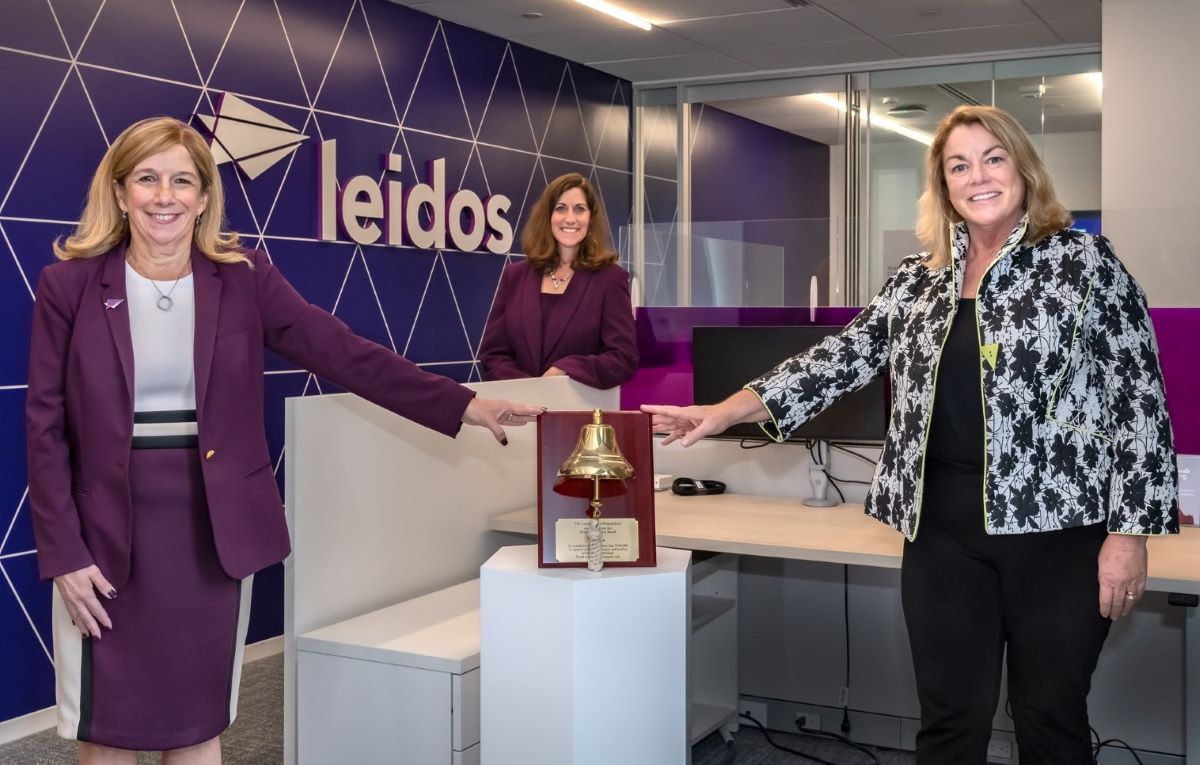
Krone has taken a benevolent approach to his workforce during the crisis, urging employees to think first of their families and avoid taking risks. He views the pandemic as an opportunity for the company to demonstrate how much it cares about workers, whom he views as the source of the company’s success.
More broadly, Roger Krone’s management team is thinking about what coronavirus signals for the future of American business. The pandemic hit while Leidos was in the middle of its annual strategic planning cycle, and a key focus of that process each year has been assessing what is the optimum business model for a twenty-first century enterprise.
Leidos and Its Move to Penetrate More the Market
It is possible to speak that Leidos is the only government technology and professional services company that stands out above all, and there is a lot of truth there. That truth can be seen in a presentation for Leidos’ nearly three-hour investor day event held in November. This Reston, Virginia-headquartered company is the market’s only player whose annual revenue is greater than $10 billion. But also in this presentation, we notice that something of a reality check about Leidos’ true footprint in the market can be read one of two ways.
#1. Add Significant Organic Growth
The starting point is Leidos’ estimated $13.3 billion in revenue for the trailing 12-month period.
Leidos estimates its total addressable market today as at $351 billion, a number that represents what the company sees as its overall available revenue opportunity. Which means Leidos is only about “4-percent penetrated into our addressable market,” CEO Roger Krone told investors in his opening remarks.
Even with the emergence of so many companies in the multibillion-dollar revenue category because of consolidation, the industry remains highly fragmented. But here again we return to a recurring theme about Leidos: they are not sitting still.

“One of the questions I get given the success that we’ve had, is can you continue to win? Can you continue to add significant organic growth? When are you too big?” Krone said. “Four-percent market share is not too big, so we’re excited about the white space. We’re excited about areas that we are underpenetrated.”
A significant requirement to be an indispensable partner is having a technology road map to outline the areas the company should prioritize and how much investment for them, all driven by the challenges federal agencies face and what they perceive as the solutions. Chief Technology Officer Jim Carlini characterized Leidos’ road map as looking at what tech tools it needs to bring to help agencies with their challenges, the attributes of those potential solutions and how the company should organize itself to be there with the customer.
Some of the technology areas Carlini called out as driving potential solutions include “everything from AI (artificial intelligence) to cyber to space systems to UAS (unmanned aerial systems), you name it. …Commercial innovation as well, from commercial space to cloud. A lot of that is part of the formula for some of the challenges we face and some of the solutions,” Carlini added. “But all of that is driving an accelerated pace of change for us that our customers have to respond to.”
There also are some of these broader government mission themes Carlini called out: ports and borders, cyber events, the so-called “Great Power Competition” with China and Russia, critical infrastructure to fix, and bolstering public health given both the pandemic and a rapidly aging population.
Leidos is thus tripling its research-and-development budget to better anticipate customer requirements and help shape future procurements, especially the large ones highly prized by the company.
#2. Looks Outside for New Partners or Acquisitions
But Leidos’ overall tech agenda is not just about bringing the best of what it has to federal agencies. As Carlini pointed out, “there’s a large reservoir” of technology out there in the world and many times outside the traditional government ecosystem.
“We work closely with large commercial firms all the way down to small startups and develop deep technical interactions,” Carlini said. “We co-develop technologies, products, and we also invest together in that regard. The national labs, FFRDCs (federally-funded research-and-development centers) and universities, we continue to build our relationships with them as well.”
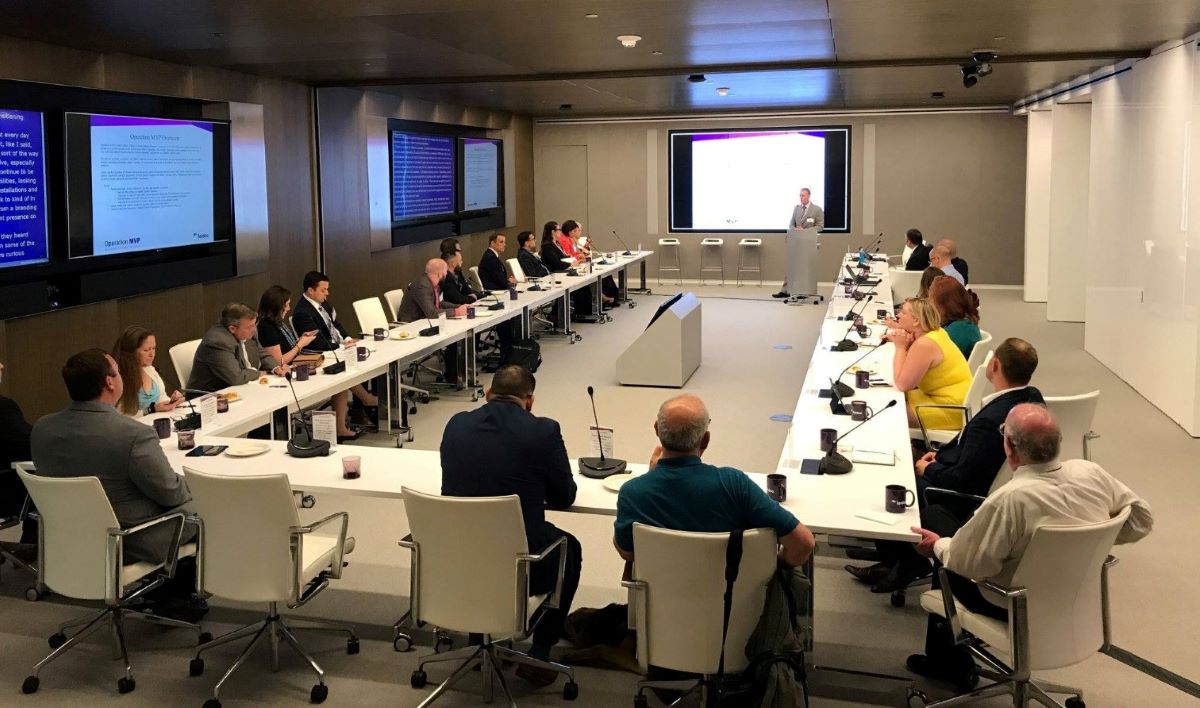
Naturally, a second component to how Leidos looks outside of itself for new tech tools and the services wrapped around them is acquisitions.
Krone said during his opening remarks that he knew deals were something “we’ll talk a lot about today,” given this year and last has seen Leidos make plenty of them via “unique opportunities to bring capability into the company.”
“Technology add-ons are always of interest to Leidos,” Krone said.
“My gut tells me there probably will be less in M&A over the next three years,” Krone said with this caveat included: “But walking down the street, there are rumors of companies” regarding their own M&A thinking.
Leidos gave as its new financial targets for the three-year period ending in 2024: organic revenue growth of between 5 and 6 percent on a compound annual basis, and by 2024 a margin of 10.5 percent adjusted EBITDA (earnings before interest, taxes, depreciation, and amortization).
The 2019-to-2021 organic growth CAGR target was 5 percent, while Leidos has hit 6.6 percent growth over two full years and two quarters of this year. Leidos’ profit goal to hit by 2021 was an adjusted EBITDA margin of at least 10 percent and is at 10.7 percent over the same period.
The Bottom Lines
Leidos does not use a shotgun approach to hit as many targets as possible. Avoiding bidding on everything it can get and trying to jump into new opportunities whenever possible, Leidos differentiate itself by its flexibility.



